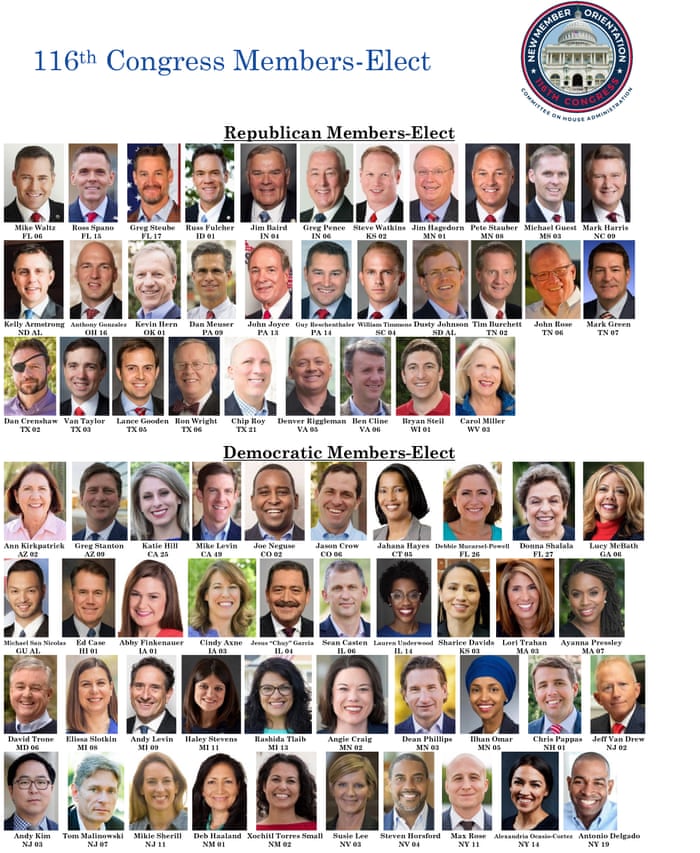Two Congresses: Hill Style and Home Style
"What you have to understand about my people is that they are a noble people. Humility is their form of pride. It is their strength; it is their weakness. And if you can humble yourself before them they will do anything you ask." -- Frank Underwood
In Home Style, members try to convey
See a 1993 clip of McCain talking to little old ladies in Arizona.
Parties
Demographic sorting

- Qualification
- Identification
- Empathy
See a 1993 clip of McCain talking to little old ladies in Arizona.
Parties
Demographic sorting

Four Strategic Postures Since 2000 (House, by election year) -- different way of looking at Thurber, p. 14.
Majority Minority
Pres Party Dems 08 GOP 06, 18
GOP 00, 02, 04, 16 Dem 10,12,14
Out Party GOP 10,12,14 GOP 08
Dem 06, 18 Dem 00, 02, 04, 16
A second look at Federalist 51:
But it is not possible to give to each department an equal power of self-defense. In republican government, the legislative authority necessarily predominates. The remedy for this inconveniency is to divide the legislature into different branches; and to render them, by different modes of election and different principles of action, as little connected with each other as the nature of their common functions and their common dependence on the society will admit. It may even be necessary to guard against dangerous encroachments by still further precautions.From the Census
The average size of a congressional district based on the 2010 Census apportionment population will be 710,767, more than triple the average district size of 210,328 based on the 1910 Census apportionment, and 63,815 more than the average size based on Census 2000 (646,952). Based on the 2010 Census apportionment, the state with the largest average district size will be Montana (994,416), and the state with the smallest average district size will be Rhode Island (527,624).
One major difference between the chambers is that few House members run for president, and seldom get far when they do. But a fairly large fraction of senators have gone for the White House:
- Lamar Alexander (R-TN) 1996, 2000
- Cory Booker (D-NJ) 2020?
- Sherrod Brown (D-OH) 2020?
- Ted Cruz (R-TX) 2016
- Kirsten Gillibrand (D-NY) 2020
- Lindsey Graham (R-SC) 2016
- Kamala Harris (D-CA), 2020
- Amy Klobuchar (D-MN) 2020?
- Rand Paul (R-KY) 2016
- Marco Rubio (R-FL) 2016
- Bernard Sanders (I-VT) 2016, 2020?
- Elizabeth Warren (D-MA), 2020
- John Delaney (D-MD), 2020
- Tulsi Gabbard (D-HI), 2020
- Eric Swalwell (D-CA) 2020?


